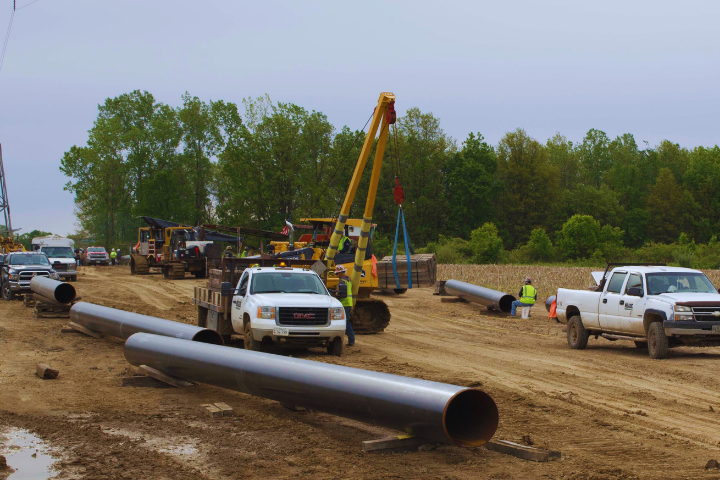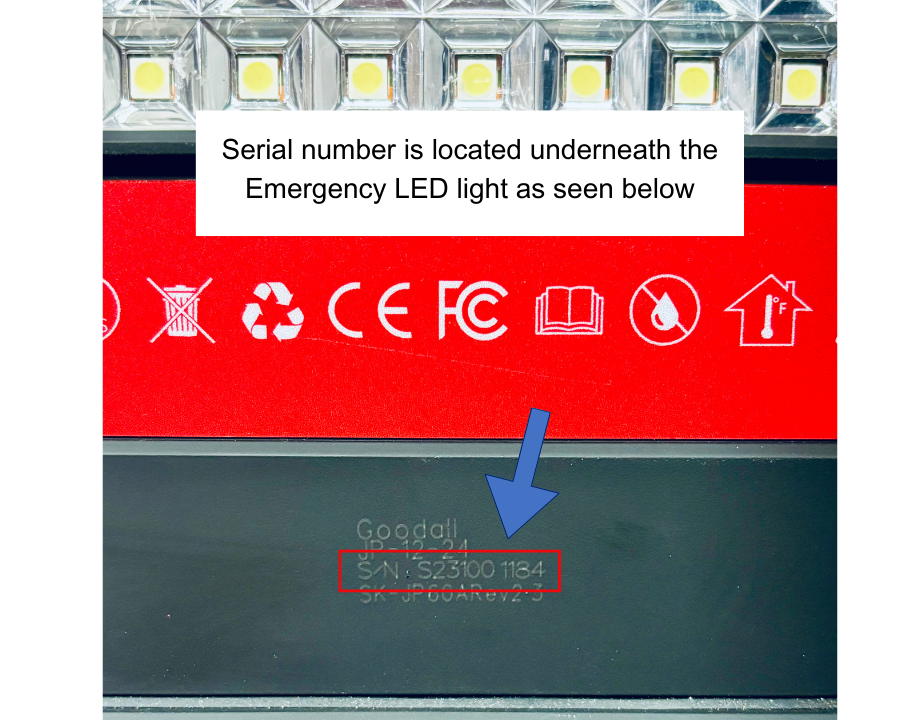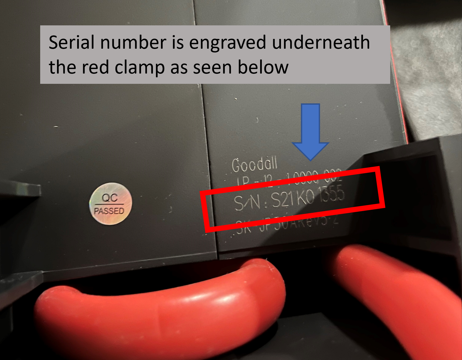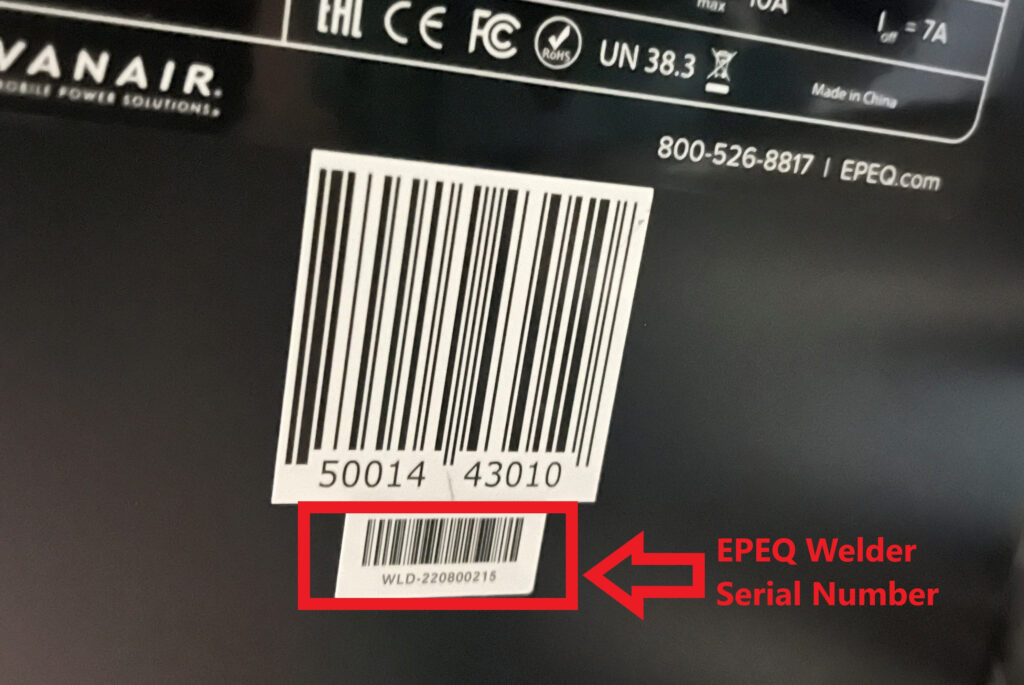Maximizing uptime isn’t just important—it’s essential for fleet managers. When mobile power equipment fails, every minute matters to get your fleet operational again. Delays and downtime greatly affect schedules and prevent deadlines being met, increase costs, and hinder customer trust. So, how can fleets greatly reduce the risk of equipment failures and downtime? The simple answer is preventive maintenance (PM). Read more to see how your fleet’s preventive maintenance schedule can maximize uptime.
Why Preventive Maintenance Matters
PM is a proactive approach to minimizing downtime. Rather than waiting for equipment to fail, it’s key to inspect, service, and replace components before they fail. This approach:
- Reduces emergency repairs and unplanned downtime
- Lowers long-term maintenance costs
- Improves equipment reliability and performance
- Enhances operator safety
- Helps support warranty compliance
Common Failure Points in Mobile Power Equipment
Understanding where issues typically arise helps to properly plan your PM efforts. Some key areas to inspect include:
- Air compressors: Check belts, filters, and oil levels regularly
- Hydraulic systems: Inspect hoses, seals, and fluid levels
- Electrical components: Look for corrosion, loose connections, and battery health
- Cooling systems: Monitor coolant levels and radiator cleanliness
- Mounting hardware: Ensure all bolts and brackets are secure
Scheduling Inspections and Maintenance
It is best practice to keep a consistent schedule for inspecting and servicing specific components on your fleet’s equipment. A general recommended schedule to follow would be:
- Inspect air filters and oil/fluid levels daily and service as recommended per your manufacturer’s guidelines. Vanair® air compressor systems should have compressor oil and filters changed after the first 50 hours of use and then every 500 hours or annually, whichever comes first. Depending on working environments, oil and filter changes may need to occur more frequently.
- Inspect belts, hoses, and electrical connections monthly and service quarterly.
- Inspect your full system quarterly and service bi-annually. For regular service of Vanair® systems, it is best to fully service every 500 hours or annually, whichever comes first.
*Note that you should always follow your manufacturer’s specific guidelines.
Maintaining seasonal-based inspections and maintenance are equally important. Prior to and during the winter months, it’s key to check battery voltage, antifreeze levels, and cold weather starting aids. Before and during the hot summer months, inspect cooling systems and watch for overheating risks. For rainy seasons, ensure all electrical enclosures are sealed properly and corrosion-free.
When it’s time to replace parts, change oil, or perform other maintenance tasks on your fleet’s equipment, it’s important to have the proper resources to easily find replacement parts and oil on-hand. Vanair® systems take away the difficulty of searching online endlessly for parts and oil – its machines are equipped with VanLINKD® QR codes where operators can easily:
- Register their Vanair® machine for warranty
- Review machine manuals and diagrams
- Find and order replacement parts via the Vanair® Parts Store
- View operational or maintenance videos
- Examine the prescribed maintenance schedule
Training Your Team
Even the best PM plan fails without proper execution. Make sure your team knows how to perform basic inspections, understands the importance of reporting issues early, can access checklists and training materials, and is encouraged to take ownership of equipment care. Ensuring these basic principles will evidently help your fleet maximize uptime and reduce overall costs.
Preventive maintenance isn’t just a task—it’s a mindset. By being proactive and investing a little time at the start, fleet managers can avoid costly breakdowns, keep projects on track, and extend the life of their mobile power systems.




